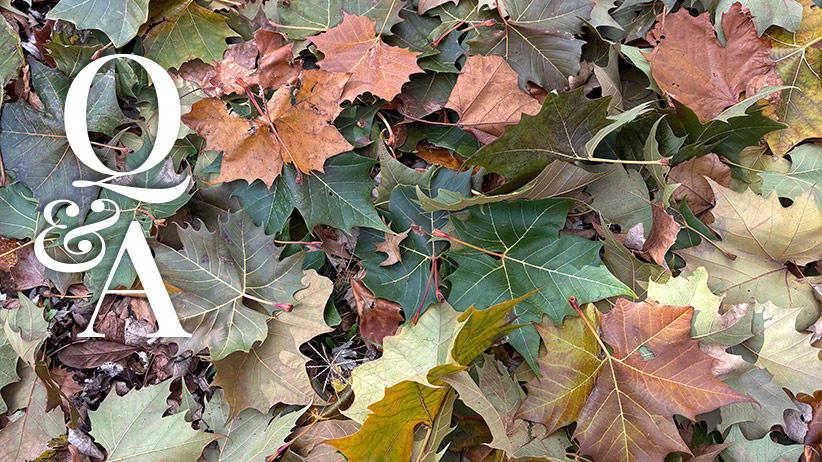Whether you work with soil as a professional or simply consider gardening as nothing more than a hobby, you must know the difference between topsoil and subsoil. By understanding this distinction, you can really up your gardening game and find the right type of clay for your next pottery or gardening project.
Today, we’ll give you a complete 101 on the two types of soil and break down their similarities and differences. So, without any further ado, let’s dive right in!
What Is Topsoil?
Topsoil is the layer of earth that is closest to your feet. It is usually just 5-10 cm deep, so unless you’re careful, you may end up digging through it while gardening. It is best not to do so since topsoil is very fertile. It has a great soil structure, and it is very nutrient-rich, thanks to the high amount of humus found in it.
This makes it perfect for gardening and farming as plants tend to thrive in it. Also, most microorganisms, insects, and worms usually inhabit topsoil since it is much more exposed to the atmosphere. These creatures help keep the soil enriched in two ways: from the organic matter in the form of their waste and from their bodies decomposing after death. In other words, topsoil is where the majority of life thrives, whether it is plant life or other living creatures.
What Is Subsoil?
Once you have dug through the topsoil, you will come across subsoil. This soil is much less fertile than topsoil since it contains less humus and organic matter. This absence of organic matter, however, is supplemented by the vital minerals found in this soil.
Plants need these minerals to thrive and it gets them when water runs through the topsoil and carries the minerals from it down to the subsection. When a plant stops getting enough nutrients to support itself from the topsoil, it will start digging its roots into the subsoil.
This way, the plant establishes itself deeper into the soil and can grow better. The subsoil is also where you find clay. So, if you are looking for some natural clay for your next pottery project, the subsoil is where you need to go digging.
How to Differentiate Between Topsoil and Subsoil?
It is very easy to tell the difference between topsoil and subsoil. The biggest difference you will notice is the color. Topsoil has a darker color to it, thanks to the higher concentration of humus inside of it. The subsoil, on the other hand, has lighter color making it easily identifiable.
You can also tell the difference between the two from their consistency. Topsoil is usually very porous and has a light feel to it, whereas subsoil is more tightly packed together. In some areas, subsoil is also pretty sticky due to the high amount of clay in it. Of course, every place has different types of soil, so the color and consistency of soil may vary from place to place.
What Is Humus? Why Does It Matter?
We talked about humus earlier, but you may wonder why this thing is so important. Well, hummus is a type of organic material produced from decaying plants and animal matter. This organic matter is rich in nutrients for plants to grow and thrive on. The topsoil contains a higher amount of humus compared to the subsoil, which allows it to be much more fertile.
How Are New Topsoil and Subsoil Made?
The subsoil in your garden or backyard was likely once topsoil. Over time, humus forms new layers over topsoil until it loses its porous nature, becoming more compact. It then turns into subsoil and functions as the base supporting the new topsoil which has replaced it. This cycle ensures there is always nutrient-rich fertile soil at the top sustaining all kinds of plants and creatures. Pretty amazing, no?
















